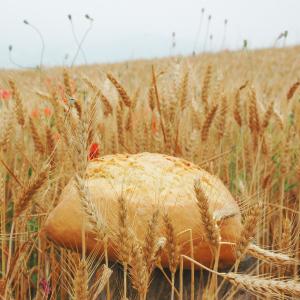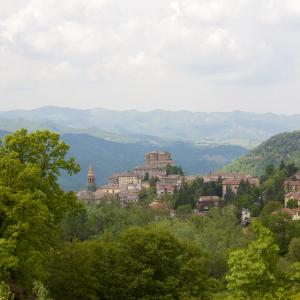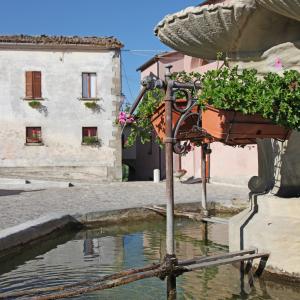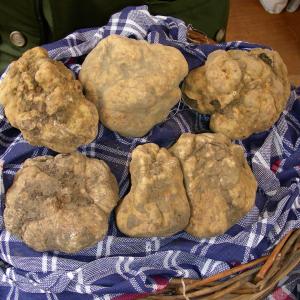The natural environment and the work of man: tradition and present economy of the high Valmarecchia
1 day
Perticara, Sulphur
Casteldelci, House-Museum
Going up the river Marecchia along the towns of the Montefeltro offers the impression of travelling in time. In a landscape stirred by hills dominating the valley in a view that comprises green pastures and thick forests.
Activities which still characterize today the internal areas of the Valmarecchia, where the wild surroundings preserve the conditions for sheep breeding, hunting (mainly wild boar), and the gathering of forest products.
The territorial resources are today represented by gastronomic excellencies such as the truffles from Sant’Agata Feltria, tasty pecorino cheeses, bread baked in the ovens of Maiolo, first choice meat, forest fruits, and excellent honey. These products are appreciated in the food festivals that enliven the valley villages, keepers of knowledge and work of the men who populated these “border” lands.
In the municipality of Novafeltria we encounter the mineral centre of Perticara, known since Roman antiquity to support the agricultural economy with that of sulphur extraction.
The local Historical Mineral Museum, the Sulphur with the aim to testify the extraction activities which ended in 1964, has assigned an interesting museum route that describes a story interwoven by sacrifice, fatigue and danger. An important example of industrial archaeology, the Museum becomes a reference point for those who desire to “explore” the mining experience, a cross-section of geological, industrial, economic facts that are the background of many human events. Who goes up the valley, and wants to push as far as Casteldelci, among the territories of Tuscany and Romagna, will remain astounded by the beauty of the suspended landscape of the hamlet that gave birth to Uguccione della Faggiola, a mercenary leader mentioned by Dante.
The silence, interrupted by the flowing of the torrent Senatello,of the architectural stone featured village, a testimony of its past medieval glory.
Keeper of the place’s memory is the House-Museum S. Colarieti: here is the archaeological evidence that tells the story of this land not far from the sources of the Marecchia and Tevere rivers.
The findings confirm the inhabitation of a mountainous territory already in the Prehistoric period: since the Palaeolithic man has left traces of his presence in the chipped stones and arrow points, that are signs of hunting activity.
To prove the existence of rural settlements dating back to the Imperial age are the tombs found in the locations of Pescaia and Calanco in which pottery and oil lamps with the producer’s brand have been unearthed. Archaeology and nature outline the most ancient features of Montefeltro, a heritage that combines tradition, art and creativity giving life to magical places that are full of charm:
- like in Talamello, where the Museum-Picture Gallery meets the artistic works of Fernando Gualtieri;
- and in Sant’Agata Feltria where the rural culture is renewed in the local handicraft and is a place that is a symbol of medieval history open to contemporary expressive forms;
- at Pennabilli, where history meets the poetry and genius of Tonino Guerra.
Taken from Ariminum archaeological discoveries and journeys through the area of Rimini.



